In our fast-paced digital age, many of us spend hours each day in positions that can negatively impact our health without us even realizing it. Whether you’re working at a desk, lifting objects, or constantly scrolling on your smartphone, these habitual postures can lead to chronic pain, muscle imbalances, and even long-term injuries. In this comprehensive guide, we reveal 5 harmful positions you probably end up in without noticing their side effects and provide practical tips to correct them. By understanding the risks associated with poor posture and incorporating ergonomic adjustments into your daily routine, you can alleviate discomfort and improve your overall quality of life.
In this article, we’ll discuss common positions such as poor laptop posture, lifting objects with a bowed back, sleeping face down, carrying a backpack or purse on one shoulder, and walking while looking down at your phone. We’ll cover how these habits contribute to back pain, neck stiffness, and other musculoskeletal issues while sharing actionable solutions and expert recommendations. For further reading on posture and musculoskeletal health, reputable sources such as Mayo Clinic and Harvard Health provide valuable insights.
Having Poor Posture In Front Of Your Laptop When Working: The Hidden Cost of Desk Life
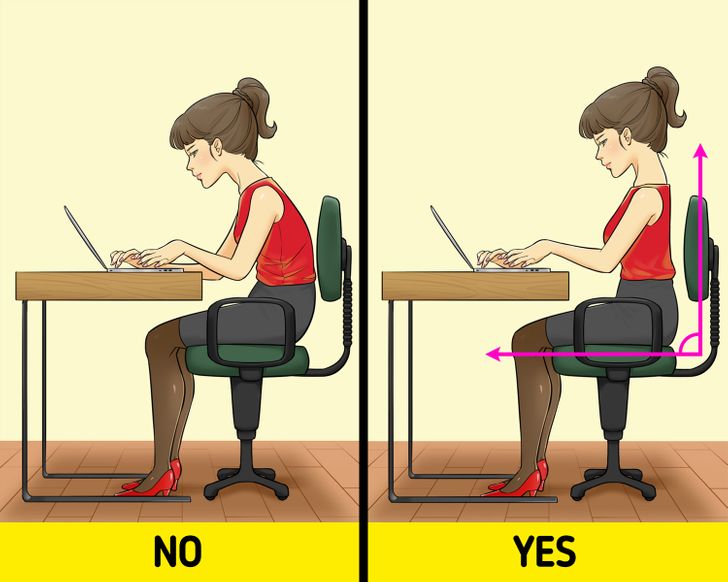
In today’s work environment, prolonged hours in front of a laptop have become the norm. However, constantly slumping over your computer can wreak havoc on your spine, neck, and overall posture.
The Impact on Your Body
- Chronic Neck and Back Pain: Poor laptop posture forces your neck to tilt forward, putting excessive strain on your cervical spine. This misalignment can lead to persistent neck pain, headaches, and upper back discomfort.
- Muscle Imbalance: When you work with a hunched posture, certain muscle groups become overactive while others weaken. This imbalance can contribute to long-term postural issues and increase the risk of injuries.
- Reduced Productivity: Chronic pain and discomfort can distract you from your work, lowering productivity and affecting mental focus.
How to Correct Poor Laptop Posture
- Ergonomic Setup: Adjust your workstation to ensure your laptop screen is at eye level. Invest in an external keyboard and mouse to reduce the strain on your neck and shoulders.
- Frequent Breaks: Follow the 20-20-20 rule: every 20 minutes, take a 20-second break and look at something 20 feet away. This practice helps relax your eye muscles and realign your posture.
- Strengthening Exercises: Incorporate exercises that strengthen your core and back muscles to support proper posture. Yoga and Pilates are excellent for improving flexibility and alignment.
For more ergonomic tips and office setup recommendations, check out Ergonomics at Work by the Mayo Clinic.
Lifting Objects Off The Ground With A Bowed Back: Preventing Injury Through Proper Technique
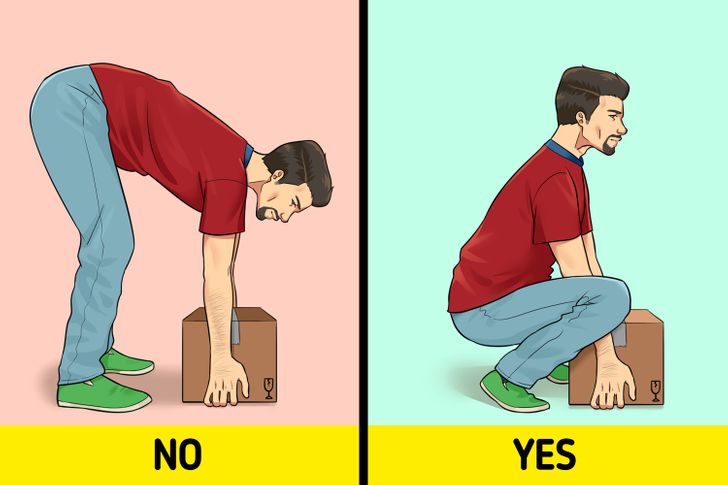
Lifting objects with a bowed back is a common mistake that can lead to serious injuries, including herniated discs and chronic back pain. Proper lifting techniques are essential for protecting your spine.
Why a Bowed Back Is Harmful
- Increased Spinal Load: Bending at the waist instead of the knees places unnecessary pressure on the lumbar spine, which can result in muscle strains and spinal disc injuries.
- Risk of Herniated Discs: Improper lifting can cause the discs between your vertebrae to rupture or herniate, leading to intense pain and potential nerve damage.
- Long-Term Consequences: Repeatedly lifting with poor form may cause cumulative damage, leading to chronic back issues that could require physical therapy or even surgery.
Safe Lifting Techniques
- Bend Your Knees: Always squat down, keeping your back straight, and use your legs to lift the object. This reduces the strain on your back.
- Keep Objects Close: Hold items close to your body to maintain a stable center of gravity.
- Avoid Twisting: If you need to turn, pivot with your feet rather than twisting your torso.
For additional guidance on safe lifting techniques, visit Safe Lifting Practices by OSHA and Back Pain Prevention Tips on WebMD.
Sleeping Face Down: How Your Sleep Position Affects Your Spinal Health
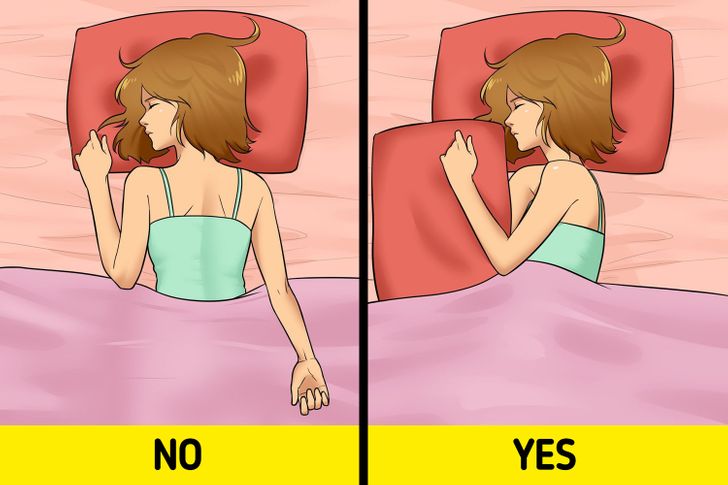
While it might feel comfortable for some, sleeping face down can actually be detrimental to your spine, neck, and overall body alignment.
The Drawbacks of Sleeping on Your Stomach
- Neck Strain: Sleeping face down forces your head to be turned to one side, putting uneven pressure on your neck muscles and cervical spine. This position can lead to stiffness, pain, and long-term misalignment.
- Spinal Misalignment: The natural curvature of your spine is disrupted when you sleep on your stomach, potentially causing lower back pain and discomfort.
- Breathing Issues: This sleep position can also restrict airflow, reducing the quality of your sleep and overall oxygen intake during the night.
Alternatives for a Healthier Sleep Position
- Back Sleeping: Lying on your back with a pillow to support your neck can help maintain a neutral spine alignment.
- Side Sleeping: If back sleeping is uncomfortable, try sleeping on your side with a pillow between your knees to reduce pressure on your hips and spine.
- Pillow Adjustments: Use a thinner pillow or one specifically designed for side sleepers to keep your neck aligned with your spine.
For more sleep-related health tips and alternative sleep positions, explore Harvard Health’s sleep resources.
Carrying Your Backpack Or Purse On One Shoulder Only: Avoiding Asymmetrical Loads

Carrying your backpack or purse on a single shoulder might seem convenient, but it can lead to muscle imbalances, shoulder pain, and even long-term spinal issues.
How Asymmetrical Loads Affect Your Body
- Uneven Weight Distribution: Consistently carrying a heavy bag on one shoulder forces your body to compensate, leading to uneven muscle development and posture issues.
- Shoulder and Neck Pain: Over time, the strain on one side of your body can cause chronic pain in your shoulder, neck, and upper back.
- Spinal Misalignment: An imbalanced load can affect the natural curvature of your spine, potentially leading to long-term alignment issues.
Best Practices for Carrying Bags
- Use Both Straps: Whenever possible, use a backpack with two straps or a crossbody bag that distributes weight evenly.
- Lighten Your Load: Only carry essential items to reduce the overall weight.
- Alternate Shoulders: If you must carry a bag on one side, try alternating shoulders regularly to balance the strain.
For more advice on ergonomic bag usage and reducing shoulder strain, visit Ergonomics Advice on WebMD.
Walking Around While Looking Down At A Phone: The Impact of Mobile Device Use on Posture
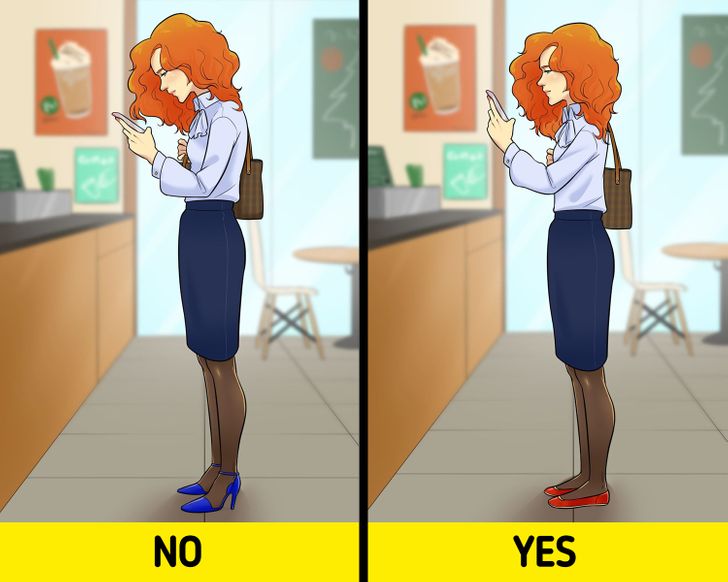
Our smartphones have become an indispensable part of daily life, but constantly looking down at your phone can have unintended consequences on your posture and overall musculoskeletal health.
The Effects of Mobile Phone Use
- “Text Neck” Syndrome: Prolonged downward viewing can strain your neck muscles and cervical spine, leading to a condition commonly known as “text neck.”
- Reduced Awareness: Frequently looking down at your phone can diminish your situational awareness, increasing the risk of accidents and falls.
- Chronic Pain: Over time, this habit may contribute to chronic neck and shoulder pain, as well as headaches caused by muscle tension.
Tips to Mitigate Mobile Device Strain
- Elevate Your Phone: Hold your phone at eye level as much as possible to reduce the strain on your neck.
- Take Frequent Breaks: Practice the 20-20-20 rule: every 20 minutes, look at something 20 feet away for at least 20 seconds.
- Posture Reminders: Use posture-correcting apps or devices that alert you when you slouch.
- Stretch Regularly: Incorporate neck and shoulder stretches into your daily routine to relieve tension caused by prolonged device use.
For further insights on managing mobile device-related pain, check out Harvard Health’s articles on “text neck”.
Conclusion: Taking Charge of Your Posture and Preventing Long-Term Damage
Your daily habits and the positions you adopt—often without even noticing—can have a significant impact on your long-term health. From the hours spent in front of a laptop to the way you lift, sleep, and even carry your belongings, every action contributes to your overall posture and musculoskeletal well-being.
By understanding the risks associated with harmful positions and implementing simple yet effective changes, you can alleviate chronic pain, prevent injuries, and enhance your quality of life. Adopting an ergonomic workspace, practicing safe lifting techniques, exploring healthier sleep positions, balancing the weight of your bags, and minimizing the strain from mobile device usage are all steps that lead to better posture and overall health.
Consistency is key. Integrate these adjustments into your daily routine, and over time, you’ll notice improvements not only in physical comfort but also in energy levels and productivity. Remember that small changes can lead to significant long-term benefits.
For more expert advice and detailed guidelines on improving posture and preventing musculoskeletal issues, be sure to visit trusted resources such as Mayo Clinic, Healthline, and Harvard Health. Taking proactive steps now can help you avoid pain and maintain a healthy, active lifestyle for years to come.
This article is for informational purposes only and does not replace professional medical advice. Always consult with healthcare professionals for personalized recommendations on posture, ergonomics, and musculoskeletal health.




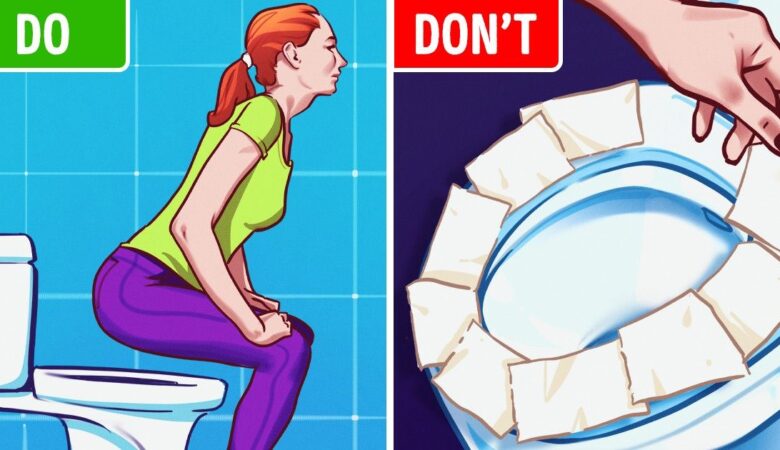



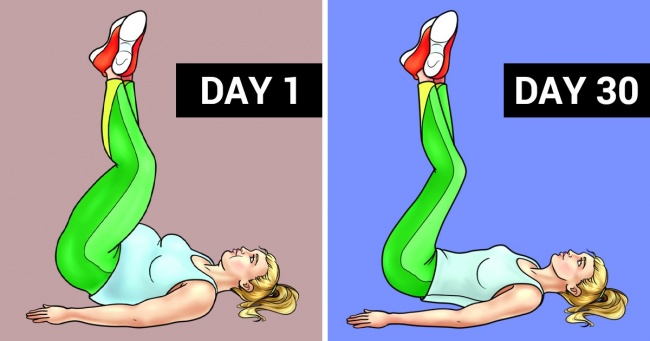
Leave a Reply